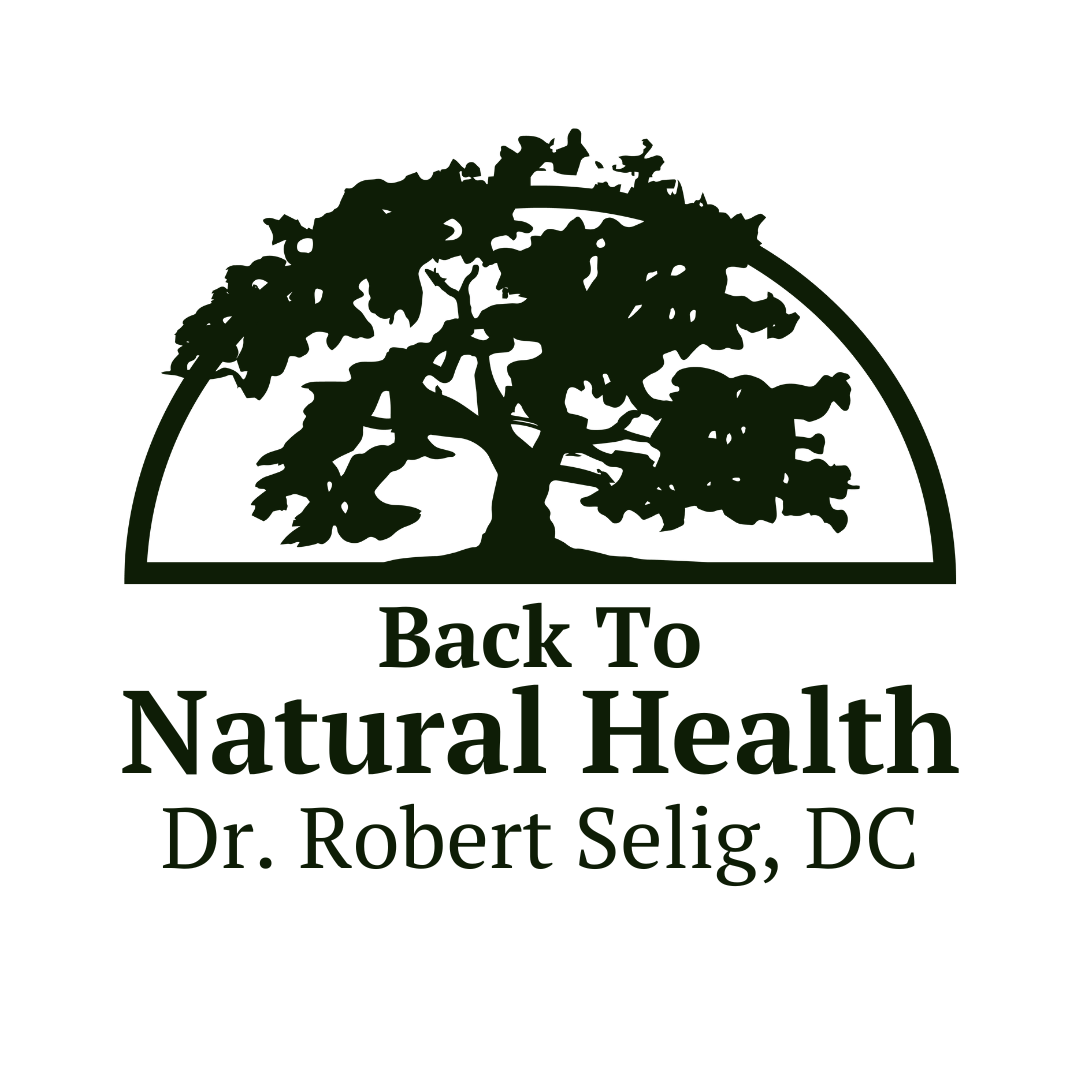The Lost Art Of Cooking
Cooking is one of the most practical and budget-savvy skills that seems to have collected in the sewers along with gardening, foraging, and the like as we further disconnect from nature.
Once upon a time, the now touted DIY skills were as common as our modern day wifi hotspots.
Of course, we are starting to see a comeback in traditional food preparation, but still people are more often than not dining out multiple times a week and exposing their bodies to processed, toxic foods such as common table salt and hydrogenated oils.
The thing about restaurant food is that it doesn’t come with a full ingredients list.
The modern food system commands that you become an auditor for your own health.
Be wary of the hidden ingredients in your food when eating out like refined sugars, flours, salt, MSG, and oils.
Every so often is fine.
But here’s the point: cooking at home means that you control what gets put into your food.
You choose the highest quality ingredients because that’s what your body needs to thrive in the age of toxicity.
You decide which spices go best to your tastes and which allergens you must avoid that showed up on your food sensitivity test.
You can even add your very own cultured foods!
You can choose farms over supermarkets, local food over chain food, home-prepared over canned and processed.
Just remember that taking the extra time to make it yourself makes it much healthier, more creative, tastier, and much more satisfying.
If you’re short on time, keep things simple.
Your gut health is worth it.
When you embark on a health journey, it is much more exciting and much easier to stay within the confines of a diet when there is at least one cook in the household.
Don’t know where to start?
The internet is rampant with all kinds of free recipes and cooking how-to’s.
When I was in college, I didn’t even know how to fry an egg!
Now, after a little googling and experimentation, I have been able to create recipes that I love and that my family loves that trump any restaurant cuisine.
